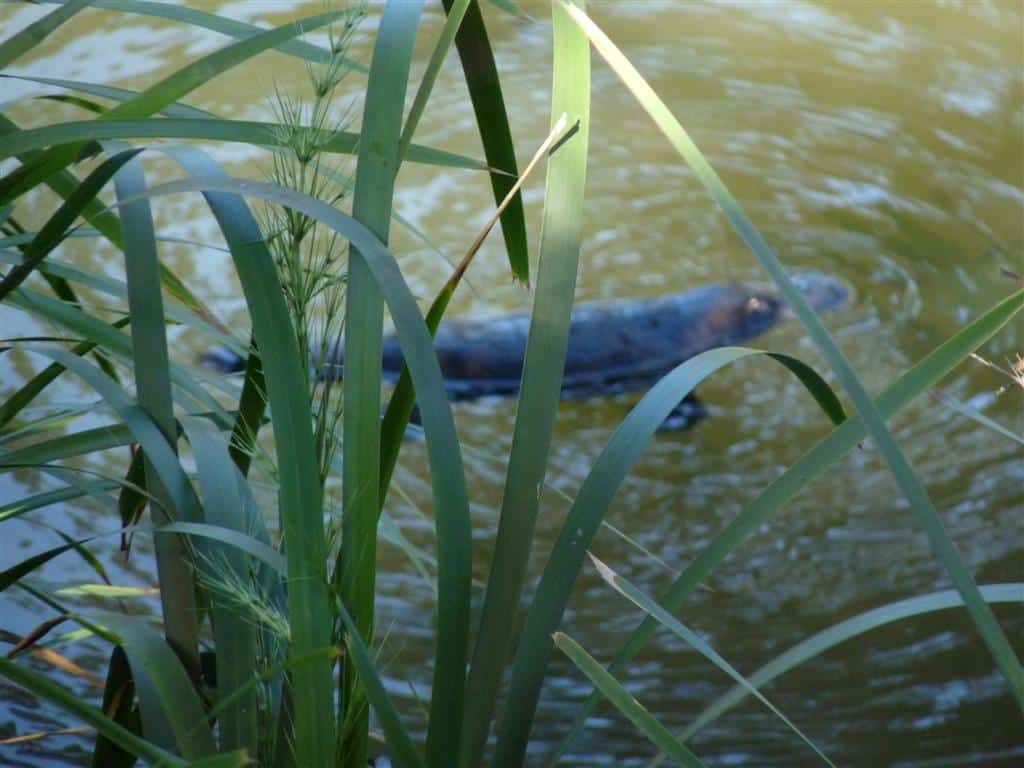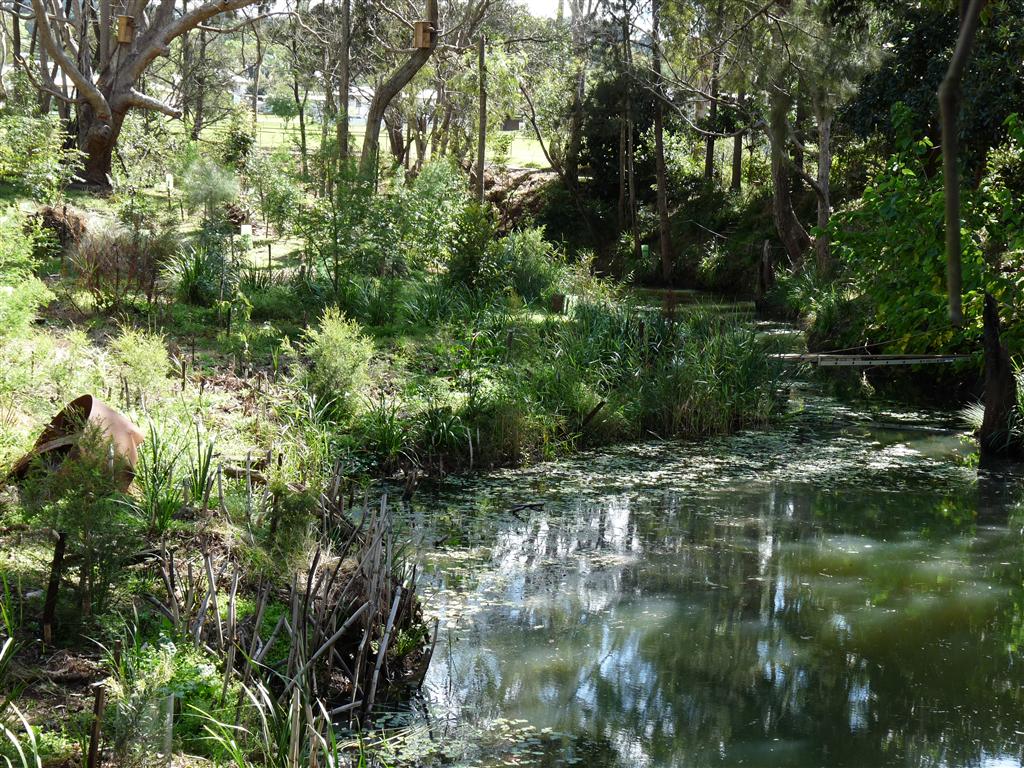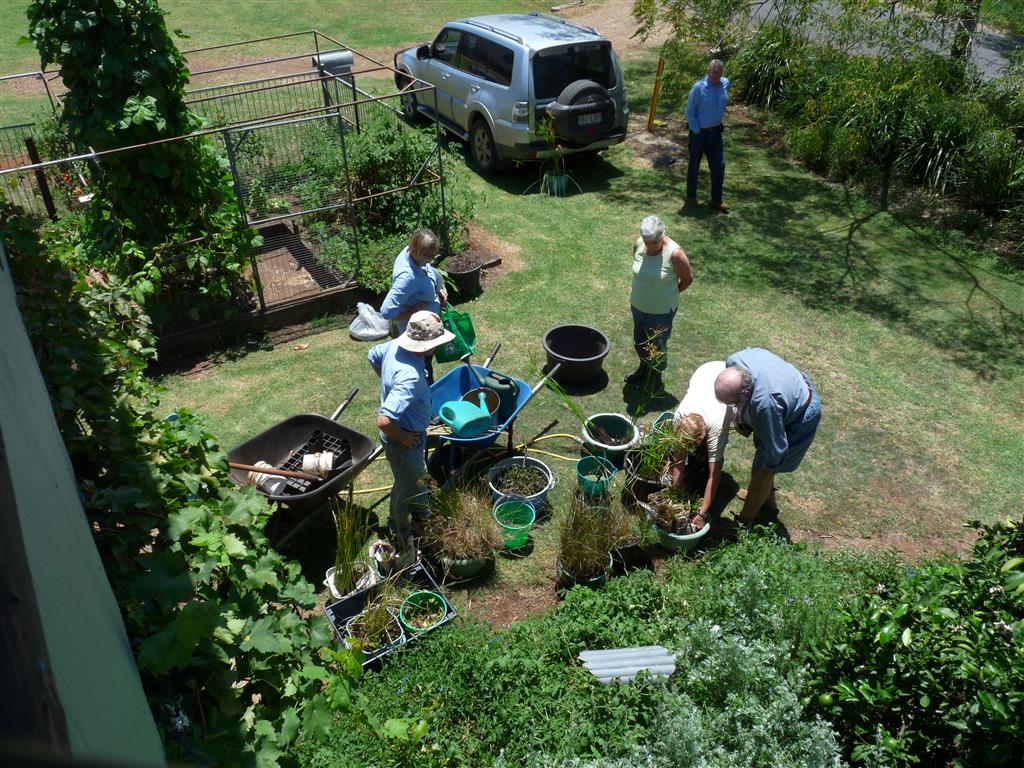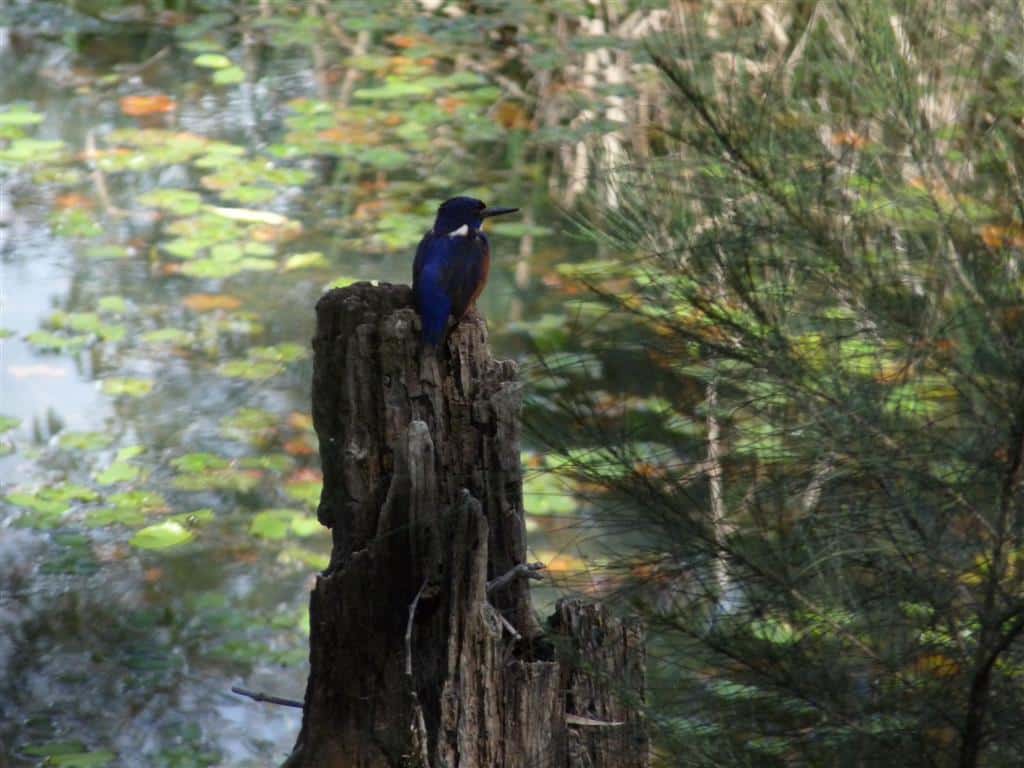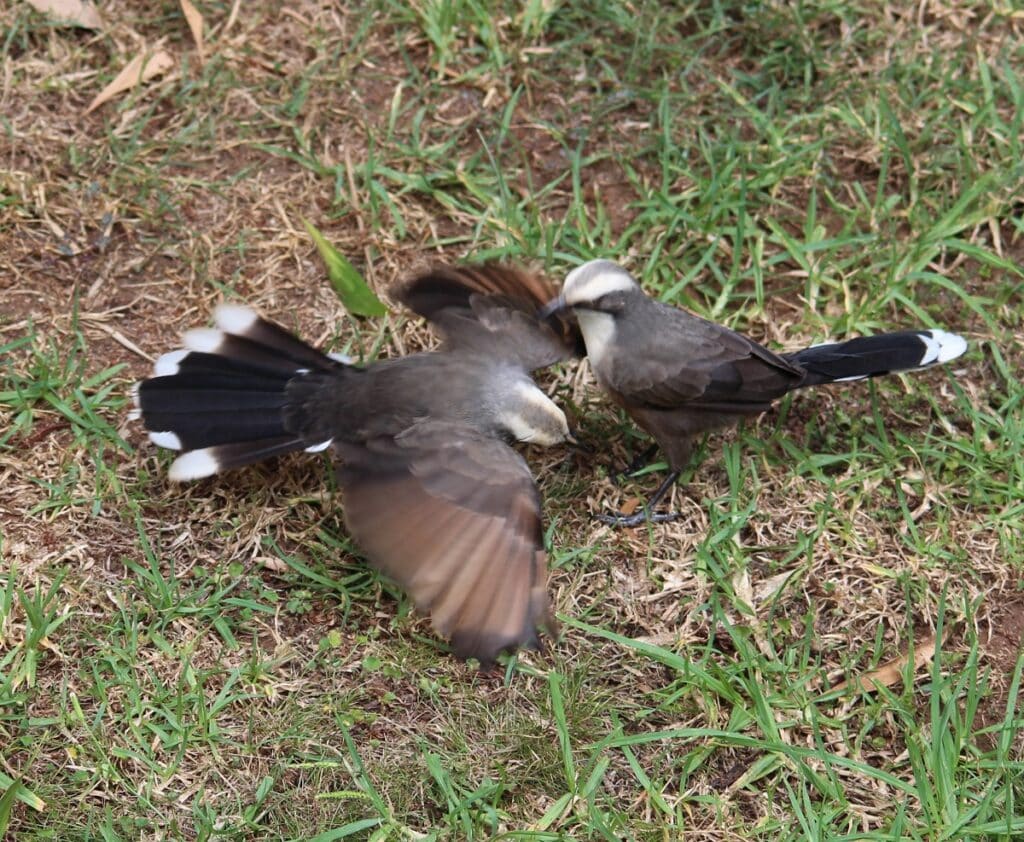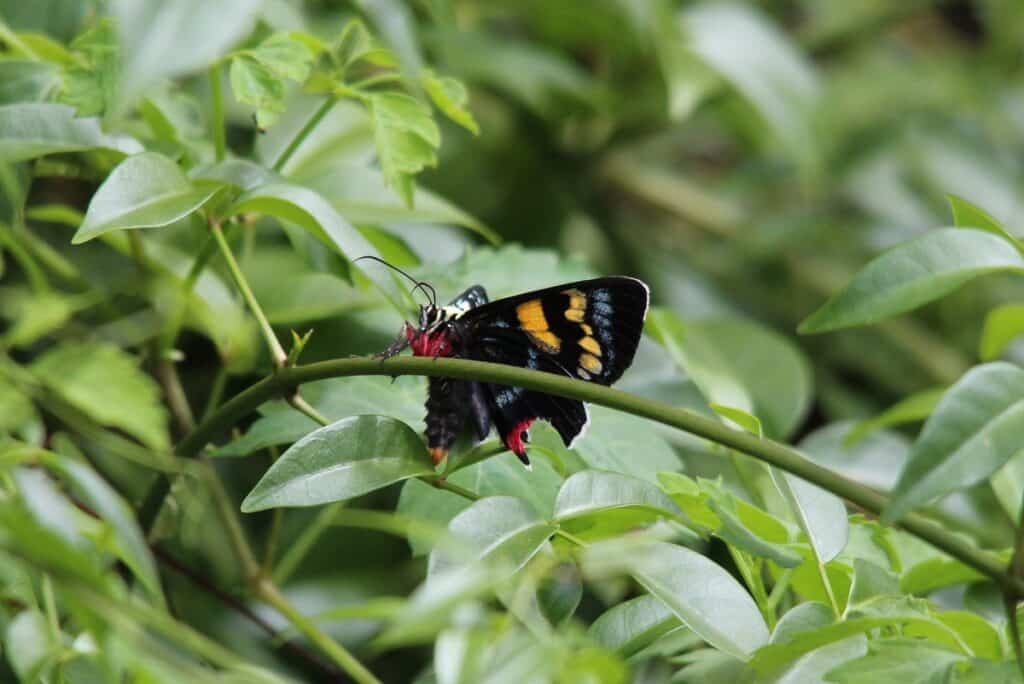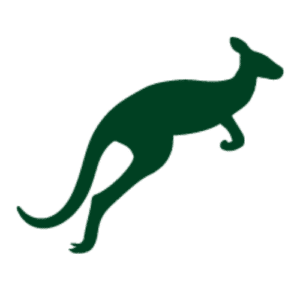Scott and Susan Reilly are the owners of Lomandra, a property located in Yarraman, approximately 100km North of Toowoomba. The property is a dedicated wildlife sanctuary and residence used for wildlife rehabilitation and education, and features a habitat garden open to the public, garden clubs and school environmental projects. It is Scott and Susan’s intention to continue to reinstate the original vegetation associations of Lomandra, both terrestrial and aquatic, and to use the property as an environmental education site.
Scott and Susan are also responsible for the revegetation of the section of Yarraman Creek adjoining their property as well as up and downstream, following Queensland Herbarium guidelines, and monitor the creek at 6 separate sites for the SEQ Healthy Waterways Program. “The Friends of the Yarraman Creek” Inc. have completed the riparian restoration of the Yarraman Creek as it runs through the Errol Munt Sports Reserve/Memorial Park (Stage 5) and are now beginning the final section of serious environmental weed eradication in an upstream area presenting a major weed source (Stage 6).
Their significant efforts were recognised through inclusion as a finalist in the Seqwater Rural Award section of the Healthy Waterways Awards for 2012. Most recently, they were announced as the winners of the Waterway Stewardship Category of the 2016 SEQ Healthy Waterways Awards.
The sanctuary covers approximately 0.2 hectares featuring Queensland Regional Ecosystems 12.3.7 (Eucalyptus tereticornis, Casuarina cunninghamiana subsp. cunninghamiana +/- Melaleuca spp. fringing woodland) and 12.3.3 (Eucalyptus tereticornis woodland on Quaternary alluvium – Endangered), while “The Friends of the Yarraman Creek” project site in which Scott and Susan are heavily involved is proximal to and benefits from Regional Ecosystem 12.5.13 (Microphyll to notophyll vine forest+/- Araucaria cunninghamii on remnant Tertiary surfaces – Endangered). Scott and Susan continually find component species of this Endangered ecosystem growing along Yarraman Creek, indicating a potential ecological shift resulting from their significant restoration works and care.
Component vegetation species of these ecosystem types are predominantly forest red gums (Eucalyptus terreticornis), bunya pines (Araucaria bidwillii) and hoop pines (A. cunninghamii), river she-oaks (Casuarina cunninghamiana), broad-leaved apples (Angophora subvelutina), maiden’s wattles (Acacia maidenii), lightwoods (A. implexia), white tamarinds (Cupaniopsis baileyana), holly bushes (Alectryon diversifolius), chainfruits (Alyxia ruscifolia), berry saltbushes (Einadia hastata), snow grass (Poa sieberiana), 3 varieties of knotweed (Persicaria spp.), bulrushes (Typha orientalis), tall-flat sedge (Cyperaceae exaltatus) and water ribbons (Triglochin procerum).
Over 160 bird species have been recorded, with marked increases in finch, dove and pigeon populations following the restoration of locally native grasslands. Birdlife includes grey crowned babblers (Pomatostomus temporalis), chestnut-breasted mannikins (Lonchura castaneothorax), varied sittellas (Daphoenositta chrysoptera), striped honeyeater (Plectorhyncha lanceolata), regent bowerbirds (Sericulus chrysocephalus) and nankeen night herons (Nycticorax caledonicus). Zebra (Taeniopygia guttata), diamond-firetail (Stagonopleura guttata), double-barred (Taeniopygia bichenovii) and red-browed finches (Neochmia temporalis) are also present.
Other examples of wildlife known to be found on Lomandra include yellow-bellied gliders (Petaurus australis), sugar gliders (Petaurus breviceps), short-beaked echidnas (Tachyglossus aculeatus), platypuses (Ornithorhynchus anatinus), water rats (Hydromys chrysogaster), brushtail possums (Trichosurus vulpecula), pale field rats (Rattus tunneyi), black flying foxes (Rattus tunneyi), northern brown bandicoots (Isoodon macrourus), red-necked wallabies (Macropus rufogriseus), eastern water dragons (Intellagama lesueurii), eastern bearded dragons (Pogona barbata), robust velvet geckos (Oedura robusta), major skinks (Egernia major), eastern long-necked turtles (Chelodina longicollis), saw-shell turtles (Myuchelys latisternum), short-necked turtles (Emydura spp.), longfin eels (Anguilla dieffenbachii), green tree snakes (Dendrelaphis punctulata), eastern brown snakes (Pseudonaja textilis), yellow-faced whipsnakes (Demansia psammophis), carpet pythons (Morelia spilota) and a rich variety of butterflies and invertebrates. A Whistling Tree Frog (Litoria verreauxii) has also been heard on the property.

